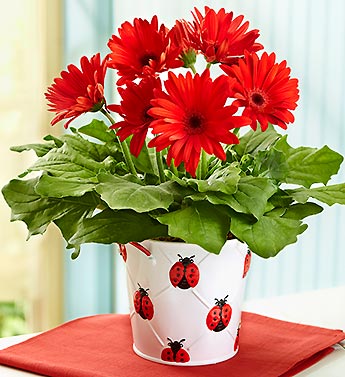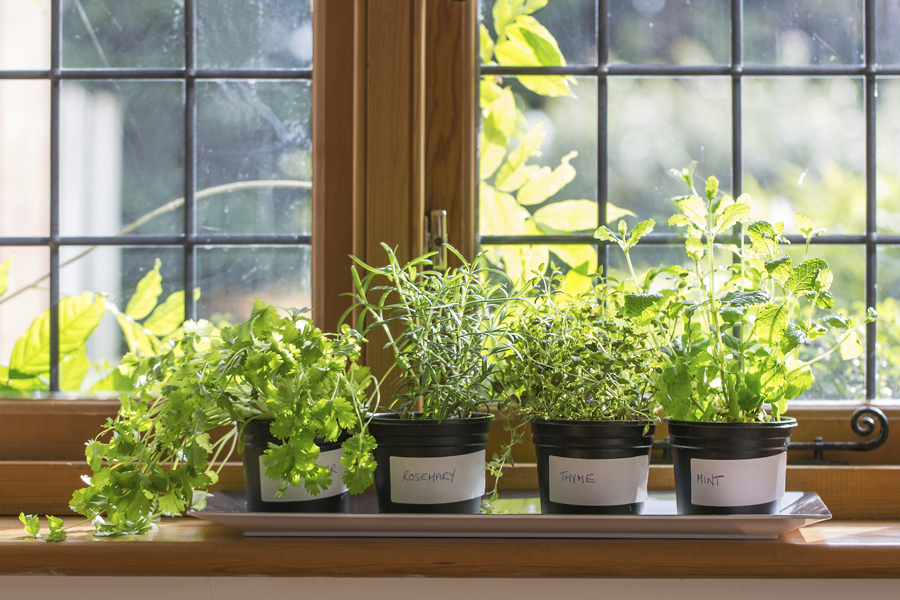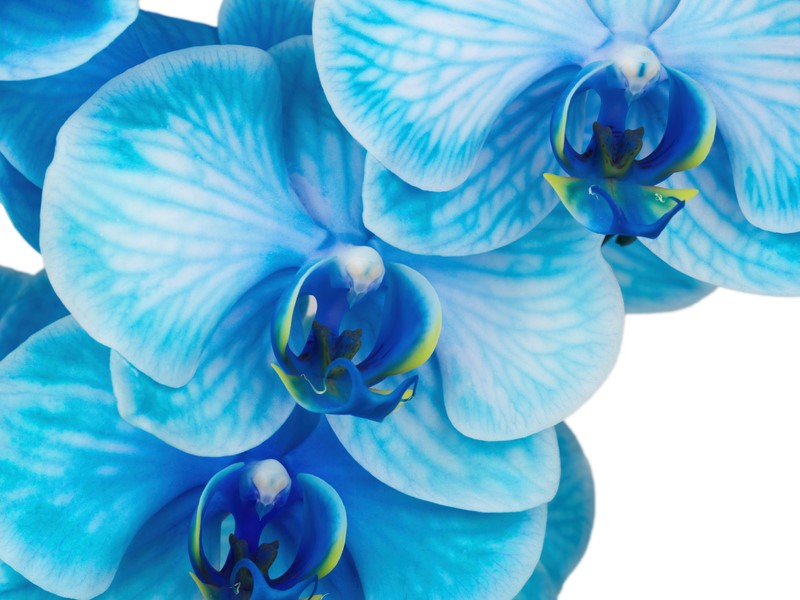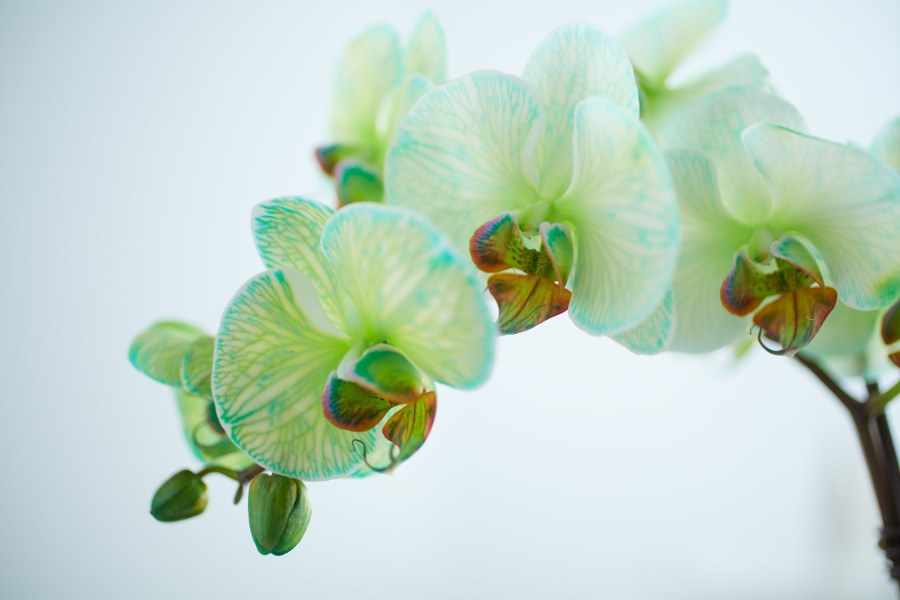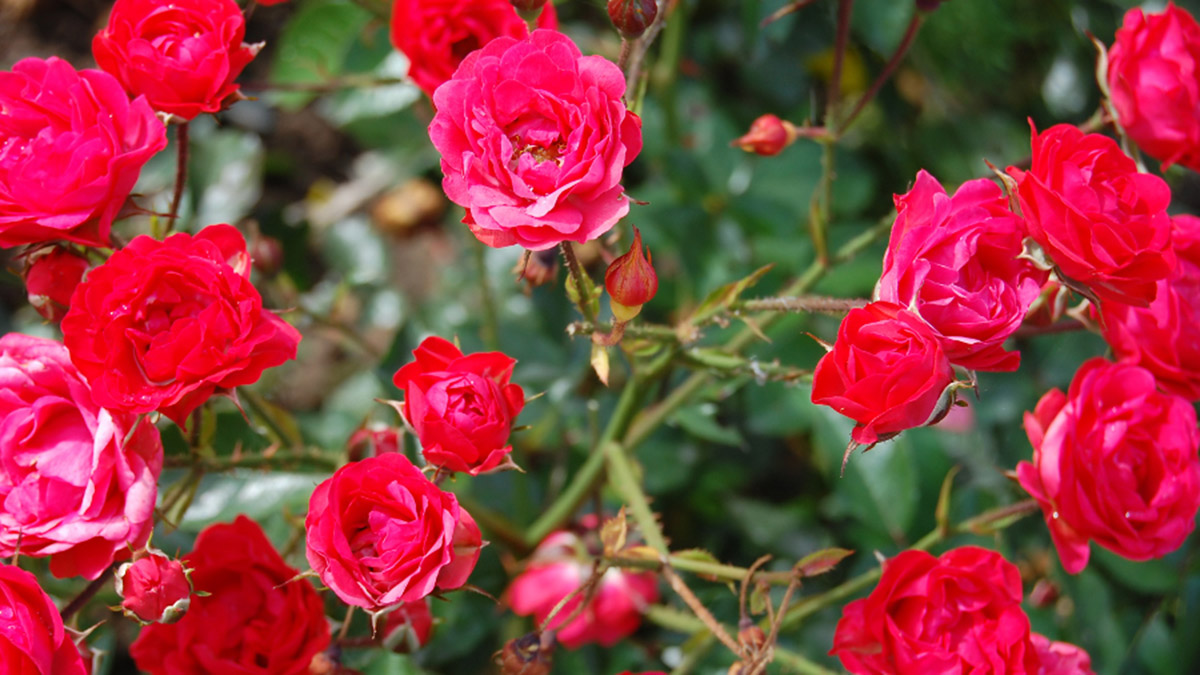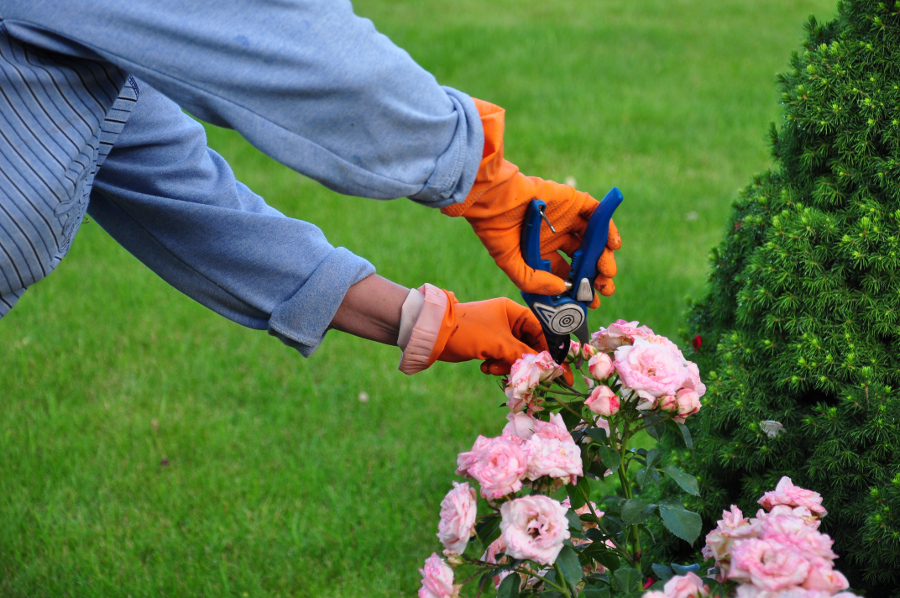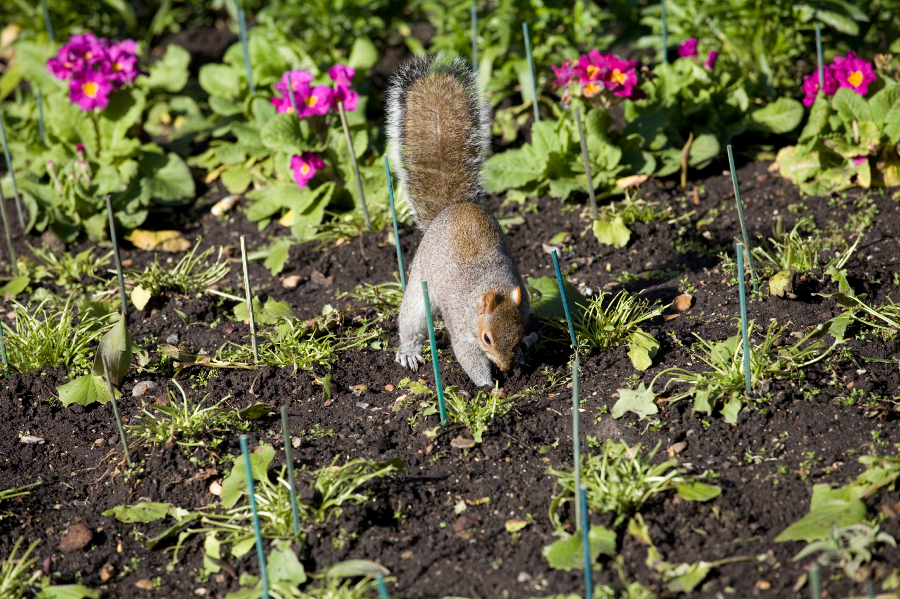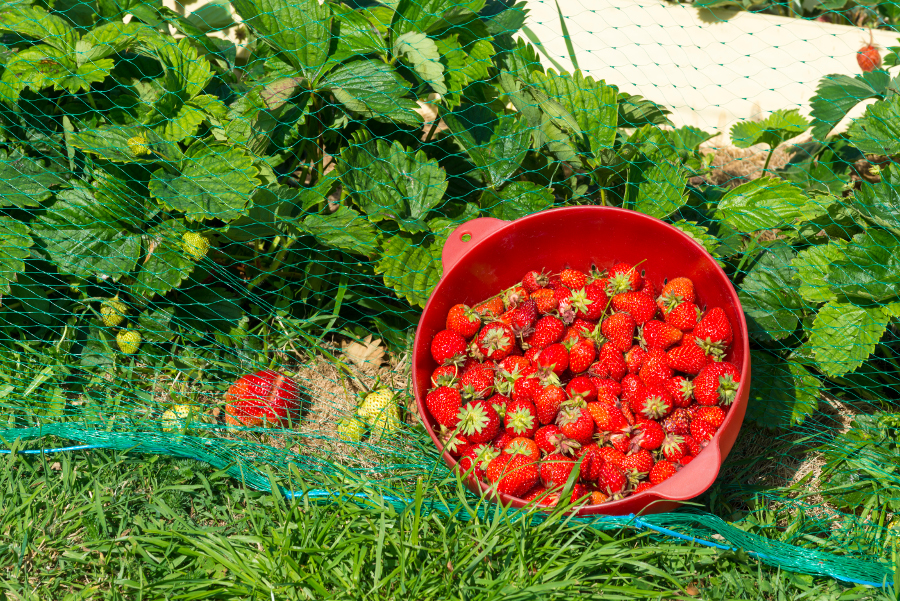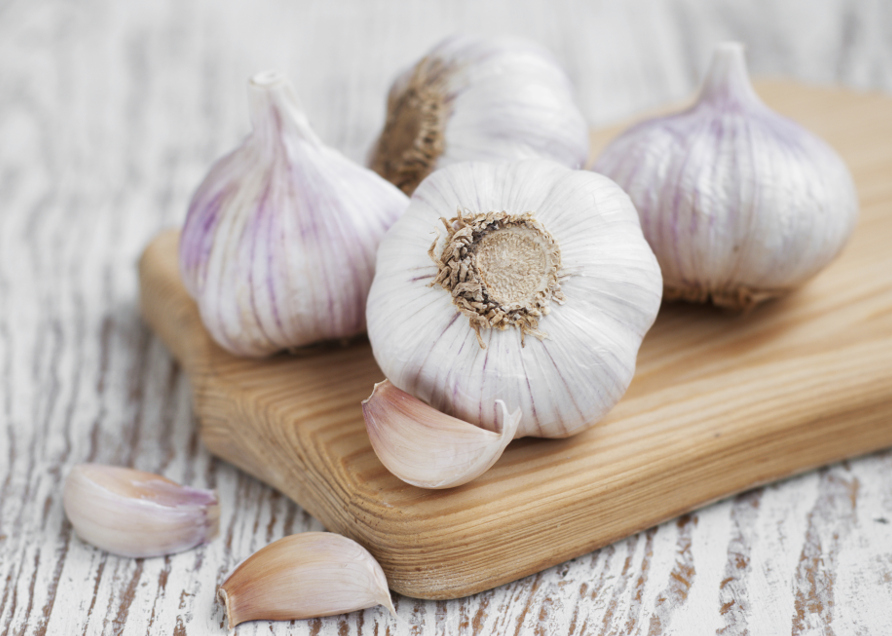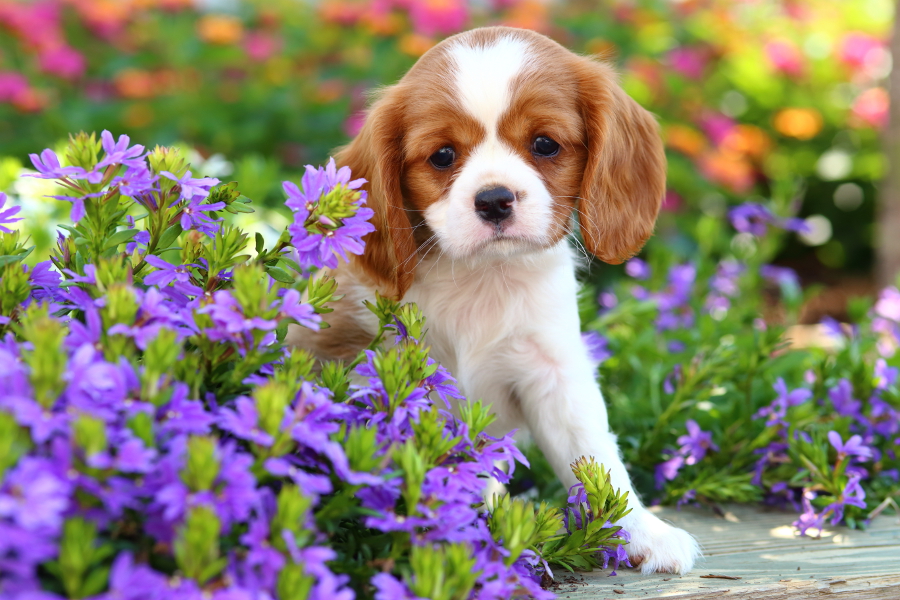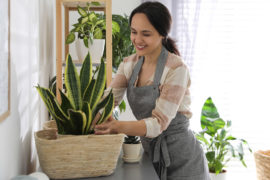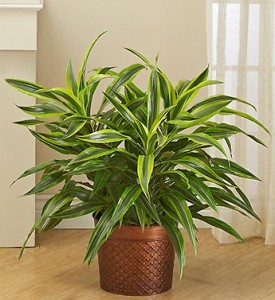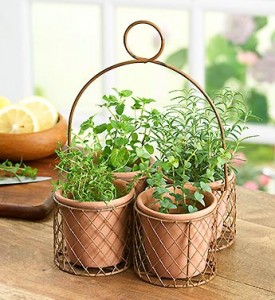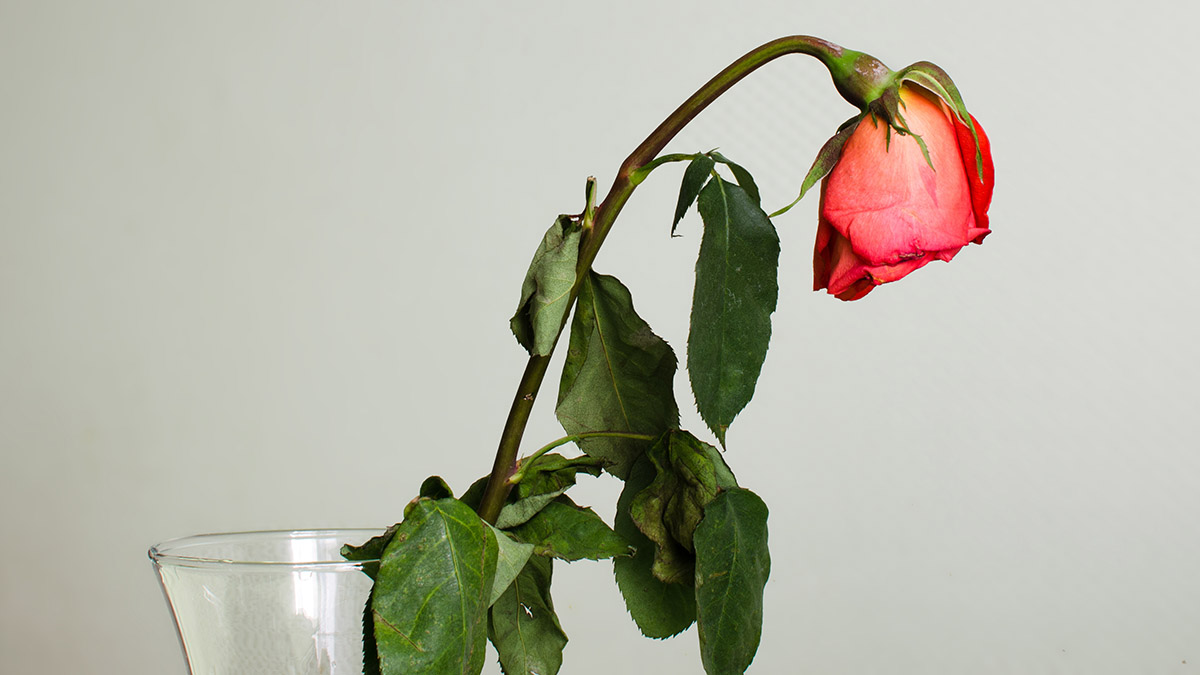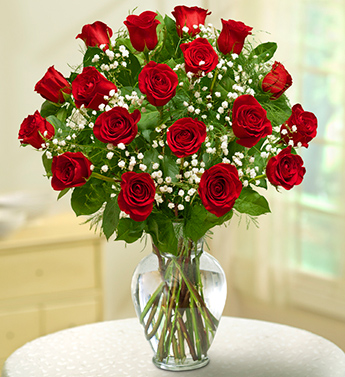After all the time you spend caring for your plants, the last thing you need is a gang of reckless insects sabotaging your hard work. Here are our expert tips on how to remove bugs from plants (both indoors and out) so you can have a happy, healthy, pest-free garden!
How to Get Rid of Flies and Gnats
Buzzing flies and gnats that cloud around your garden pose more of a nuisance to you than they pose a threat to your plants. But since their larvae feed on roots, you’ll need to shoo those flying pests away before their hungry little ones come along.
An ordinary store-bought insect spray that contains Acephate should do the trick. Just lightly tap the leaves of your plant so the flies or gnats can swarm into the air. Spray the solution into the air around your plant, and then mist it onto your plant and the soil surrounding it. Make sure to follow the directions on the bottle: Too much Acephate could damage your plant.
If you want to take a more natural approach, set up a homemade fly trap. First, paint a strip of wood with a bright color (e.g., yellow or orange), and then cover it with any sticky substance from your kitchen pantry (e.g., honey or molasses). Place the covered wood into the plant where the flies can easily see and reach it. The bright paint will draw in the pests like magnets, and the glue-like coating will snatch them up midflight … and keep them there.
To keep those irritating airborne buggers from descending on your garden again, keep the soil around your plants clear of fallen flowers and leaves, which is where flies and gnats usually take shelter.
How to Get Rid of Nematodes
What’s scary about a nematode infestation is that you can’t see it happening. These microscopic worms thrive within the leaves and roots of plants, and they almost always prove to be fatal to your foliage. So the best way to oust them from your garden is to make sure they never show up there in the first place.
Because the only nematode treatments that really work can only be used if you have a pesticide license, your best option is to throw away your severely infested plant. If your plant isn’t beyond all repair, though, you can try to salvage it by removing all of its leaves and repotting the crown of the plant in an isolated area. If the crown hasn’t been contaminated, then it will grow back to normal.
There are a few steps you can take to keep these unwanted visitors from invading your garden. Whenever you buy a new plant, always keep it separate from the rest of your greenery until you’re positive that it’s nematode-free. Always wash your hands before working with your plants, and don’t forget to disinfect your pots before you use them. Soil amendments that contain seaweed or humic acids also help keep the worms at bay.
How to Get Rid of Plant Lice and Mealy Bugs
Although they only measure in at 1/16-1/8 inch in size, plant lice are tiny, pear-shaped insects can do big damage to plants. They often carry viruses and they tend to gather ’round the undersides of leaves. Mealy bugs are just about the same size and dwell in the same spots as plant lice, except they’re covered in a white, waxy substance that makes them look like cotton when they’re clinging to the bottom of a leaf. Both plant lice and mealy bugs quite literally suck the juice out of your plant; so if you leave them untreated, they could mean the end of your dream garden.
Come to your infected plant’s rescue by first isolating it from the rest of the garden to prevent the lice or mealy bugs from conquering other plants. If the infestation is still in its early stages, soak a cotton swab with 70 percent isopropyl rubbing alcohol and dab it on the pests. Once the plant is cleaned, hold it upside-down and thoroughly rinse it off with lukewarm water. For a more serious infestation, try treating your plant with Acephate, making sure to follow the directions on the label. Neem, a biodegradable and nontoxic insecticide, is another more natural option that could be just as effective at wiping the pests out.
Plant lice and mealy bug infestations aren’t preventable, so always keep a close watch for any signs, and start treatment as soon as you see any warning signs.
How to Get Rid of Snails and Slugs
Like flies, snails and slugs are more annoying than they are life-threatening to plants. Sometimes they make a tasty midnight snack out of plant leaves: Snails and slugs mostly come out to eat at night, and then hide underneath fallen leaves and flowers during the day.
Your best plan of attack against these slimy creepy-crawlers? First, you’ll have to remove them from the plants by hand. Catch them unawares either at night or in the early morning, when they come out from their hiding places to feed. If you can’t capture them yourself (yuck!), you can always buy a trap to lure the snails and slugs away from your garden, or make one yourself. To make a snail or slug trap, fill a plastic saucer with beer and place it near your plants. The irresistible smell of the beer draws the slippery insects—which are also terrible swimmers—into the saucer, where they drown. Sprinkling your plants with Diatomaceous Earth, a natural pest repellant, also helps make your garden a no-entry zone for slugs: It’s made of tiny, sharp particles that are too painful for slugs to glide over with their smooth bodies.
Since leaf and flower debris provides safe haven, keeping the soil around your plants tidy will prevent your garden from becoming a hot vacation spot for slugs and snails.
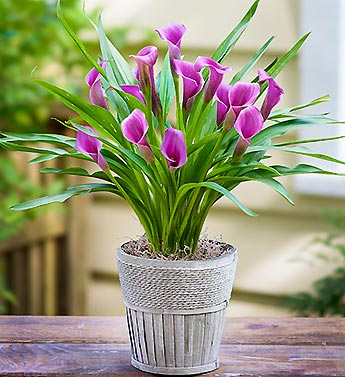
How to Get Rid of Beetles
Beetles are infamous leaf-chewers. Small holes around the edges of your plant’s leaves are often a telltale sign of a beetle invasion. To drive away these uninvited guests, first try manually removing them. If there are too many to handle, you can spray your plant with a Malathion pesticide mixture (1 teaspoon Malathion for every gallon of water). Be aware, though, that Malathion could temporarily discolor your plant’s flowers. (Don’t worry; the flowers regain their normal color once new blooms open.) The natural insecticide Neem is also another great option: It makes the leaves taste a little less appetizing, so beetles will no longer make a gourmet meal out of your plant!
When you’re doing your gardening work outside, always remember to dust yourself off and change your clothes before you go back inside. Sneaky little beetles can sometimes hide in your clothing and then stealthily make their way to your indoor plants.
How to Get Rid of Cockroaches
Like little nocturnal ninjas, cockroaches can quickly and silently raid your beloved plants at night, without you even picking up on it. Once they take over, they wreak havoc on your garden: They bite big chunks off your leaves and can even eat entire flower blossoms! To beat cockroaches at their own game, you need to act fast.
Take a trip to your local gardening center or hardware store and pick up some traps or repellant spray specifically made for roaches. Place cockroach traps right near your plants, or spray your plant with roach repellant, making sure to follow the label and avoid applying the spray directly onto your flowers. Keep the area around your plants clean, and remove any other food sources that the roaches may be munching on when they show up at your garden.
How to Get Rid of Caterpillars
They may be cute and fuzzy, and they may one day morph into pretty butterflies, but hungry little caterpillars won’t hesitate to feast on your foliage. If you can’t pluck the bugs from your plants yourself, try spraying the leaves with Acephate (opt for the powder form that you can mix yourself) or nontoxic Neem, which makes the plant a lot less scrumptious for the caterpillars.
Again, always change your clothes after working with outdoor plants. Caterpillars can cling to your clothes and crawl their way to your indoor plants. Also, be careful that you don’t trap any moths inside your house, since they may be carrying ready-to-hatch eggs.
How to Get Rid of Ants
Ants are certainly admirable creatures (what other animals do you know that can carry up to 100 times their own body weight?), but when the entire colony starts to lay their claim on your plants, the results can be extremely frustrating for you. Ants don’t pose any real danger to your garden—they only come to snack on the honeydew that’s left by other bugs—but the last thing you want is to have these little insects crawling all over you and your blooms.
Baited ant traps are the safest and most effective way to send the colony back to the anthill. Try to figure out where the ants are coming from, and place the trap close by. Also, rinsing off your plants may help remove any sweet and sticky residue that ants may be looking for come dessert time.
More Tips on Getting Rid of Bugs
Here are a few extra DIY remedies that’ll help you banish bugs from your garden for good:
- When sprayed on your plants, a homemade solution of one part lemon juice and one part water can also help repel bugs.
- Vegetable oil soap can be a very effective home remedy for getting rid of insects too, since soap suffocates bugs. To make it, combine 1 tablespoon of vegetable oil soap with 2 quarts of water. Put the mixture in a sprayer, and be sure to cover the tops and bottoms of leaves as well as the surface of the soil. It’s a mild remedy, so it may be necessary to repeat the application in a few days.
- Make sure your plants aren’t stressed; check to ensure they’re thriving in correct temperatures and are getting adequate amounts of water.
- Always remove heavily infested foliage, and then spray plants with strong jet of water to knock the bugs off the healthy leaves.
Do you have any of your own tried-and-true methods for removing bugs from your plants? Share them with us!
